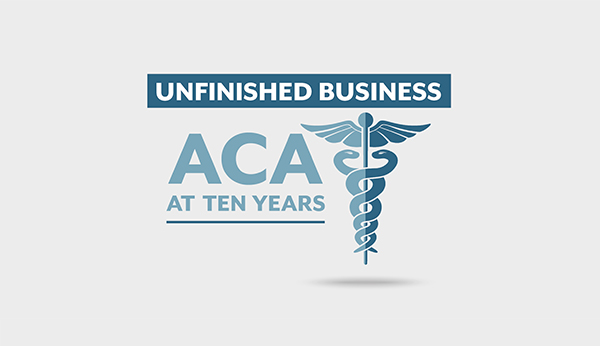
ACA at 10 Years: Innovation in Data
The ACA itself was not a landmark law for health data. That’s because just a year earlier, Congress had already passed a major health data law as part of the stimulus bill that addressed the Great Recession. The Health Information Technology for Economic and Clinical Health (HITECH) Act set standards for adopting electronic health records (EHRs) and provided funding to speed the transition. Several ACA initiatives relied on a future where clinical and other health data were accurate and widely available.
For example, the ACA contained numerous provisions intended to move the health system away from fee-for-service payments and toward rewarding providers based on the quality of care. It also encouraged providers to coordinate care and services. Both of these measures rely heavily on the use of EHRs to track care quality and medical histories.
The HITECH Act included financial incentives for providers to adopt and use EHRs. These incentives have been effective: in 2017, 86 percent of doctors’ offices were using an EHR, up from 42 percent in 2008.
But despite this broad adoption, the use of EHRs in practice is anything but perfect. Different health providers use different systems. EHRs are often unable to work with one another, which can interrupt a patient’s data as it moves between providers. EHR fields are not always accurate or up-to-date and don’t always meet the complex health needs of patients. And the adoption of EHRs has also come with an increase in health care providers reporting burnout and job dissatisfaction due to administrative responsibilities.
In addition to leveraging EHRs to improve patient care, the ACA introduced a new focus on population health, which requires its own data support. Health Information Exchanges (HIEs) are a population health tool incentivized by the HITECH Act. HIE platforms aggregate EHR data and allow different systems to “talk” with one another, enabling data sharing across different care settings and geographies.
There are two HIEs in Colorado: Quality Health Networks (QHN), which serves the Western Slope, and the Colorado Regional Health Information Organization (CORHIO), which covers most of the rest of the state. Having multiple HIEs within a state can ensure more comprehensive coverage, but it also means that there is no single, universal EHR communication platform to share data from medical records. QHN and CORHIO each connect with 33 different EHRs — adding to the complexity of the system.
To be effective, EHR data must be high-quality and trustworthy. The field of data governance has emerged to manage the availability, usefulness, quality, and security of sensitive medical data. In Colorado, it’s still a work in progress: The state’s Office of eHealth Innovation is prioritizing data governance as part of its 2019 Health IT Roadmap to improve EHR data quality in Colorado. Future efforts in innovation must overcome previous shortcomings in data alignment and quality.
A decade after the ACA, more data are being collected than ever before — but there is significant room for improvement in a complicated and often uncoordinated system. New policies and practices created at the local, health systems, and state levels can continue to advance our state’s progress. Colorado is nationally recognized as being on the cutting edge of health system innovation. The rest of the country will continue to look to us as a bellwether state, closely watching our results.
This was CHI’s final chapter in our series examining what the ACA has accomplished over the past decade and what work remains to realize its ambitious goals. In 2020, not all Coloradans have access to coverage and those with insurance are still struggling with affordability. But a great deal of change has taken place, and clear progress has been made in areas ranging from data collection to access to preventive care and insurance coverage. These issues will continue to be at the center of the conversation as people look for ways to improve health care and access for all Coloradans.


